This content is also available in:
Italiano
Español
Português
Deutsch
Čeština
Magyar
Polski
Română
Türkçe
Our courses
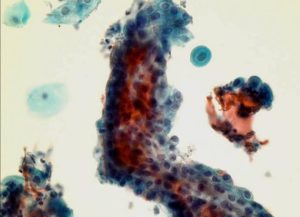
Automation and Liquid Based Cytology
This content is also available in: Italiano Español Português Deutsch Čeština Magyar Polski Română TürkçeOn completion of this section
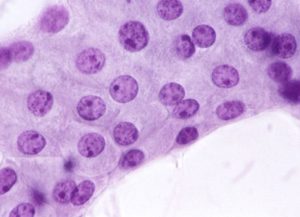
Breast
This content is also available in: Italiano Español Português Deutsch Čeština Magyar Polski Română TürkçeAuthor: Jerzy Klijanenko On completion of
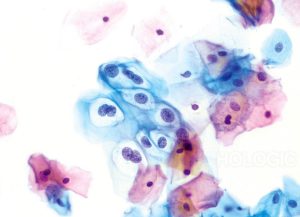
Cervical cytology
This content is also available in: Italiano Español Português Deutsch Čeština Magyar Polski Română TürkçeAuthors: Amanda Herbert The cervical
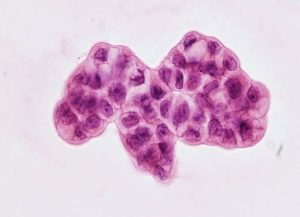
Effusions
This content is also available in: Italiano Español Português Deutsch Čeština Magyar Polski Română TürkçeAuthor (V2.0): Francesco Mauri On completion
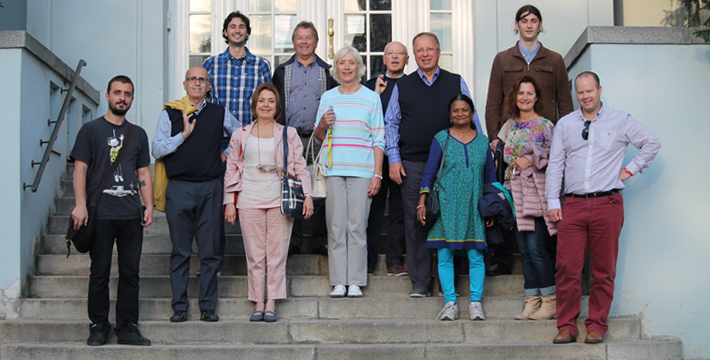
What is Eurocytology
The Eurocytology project is supported by the Leonardo da Vinci program with the aim of increasing access to training in clinical cytology and of harmonising training in this important specialty of pathology throughout the EU.

